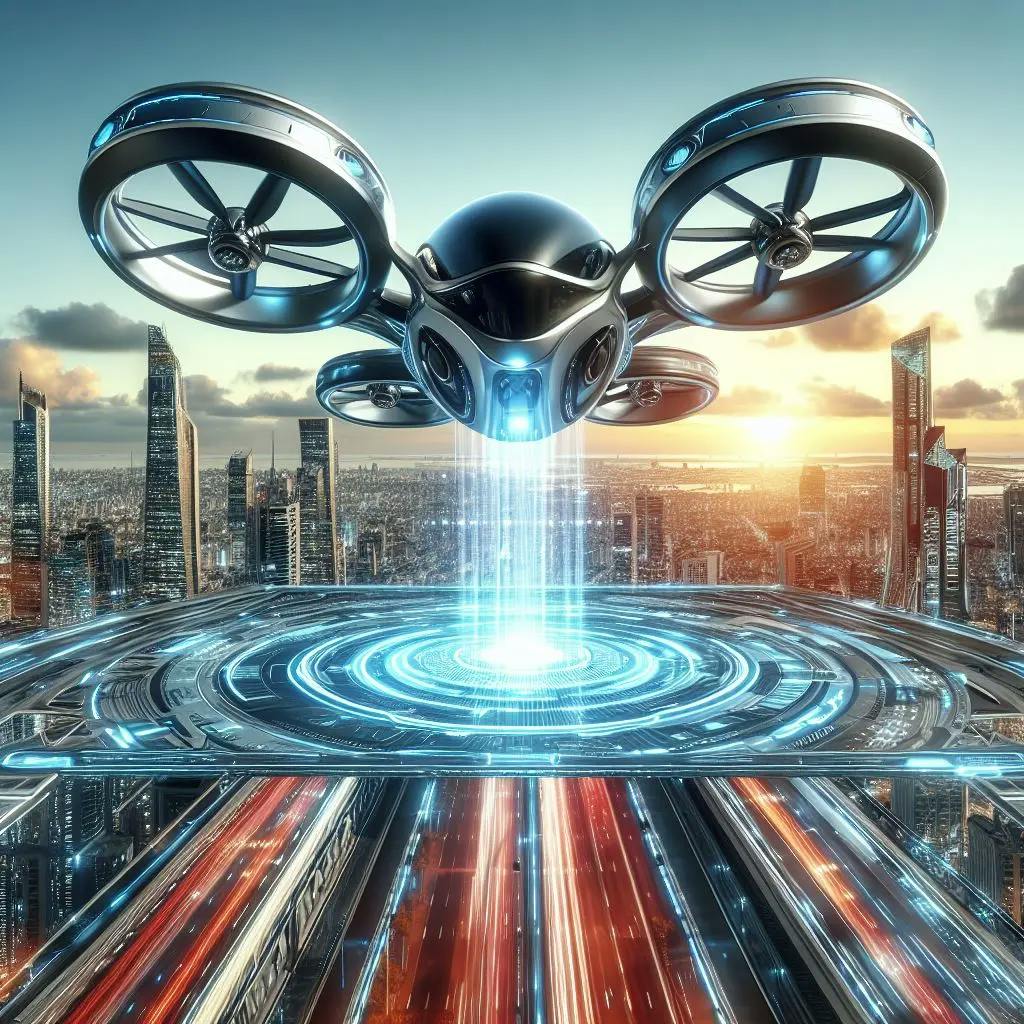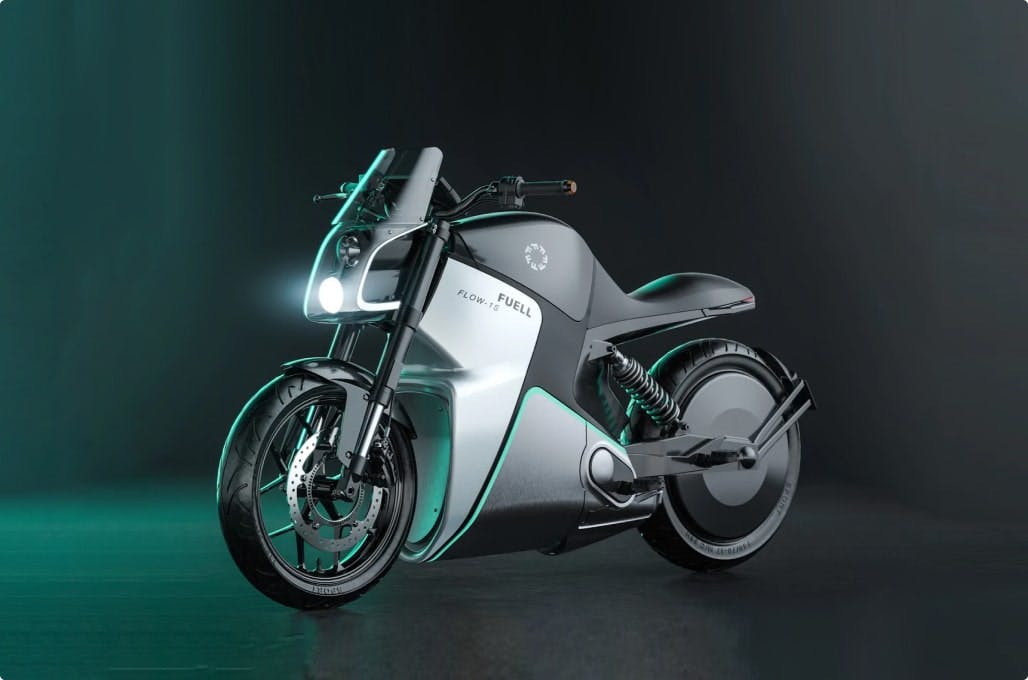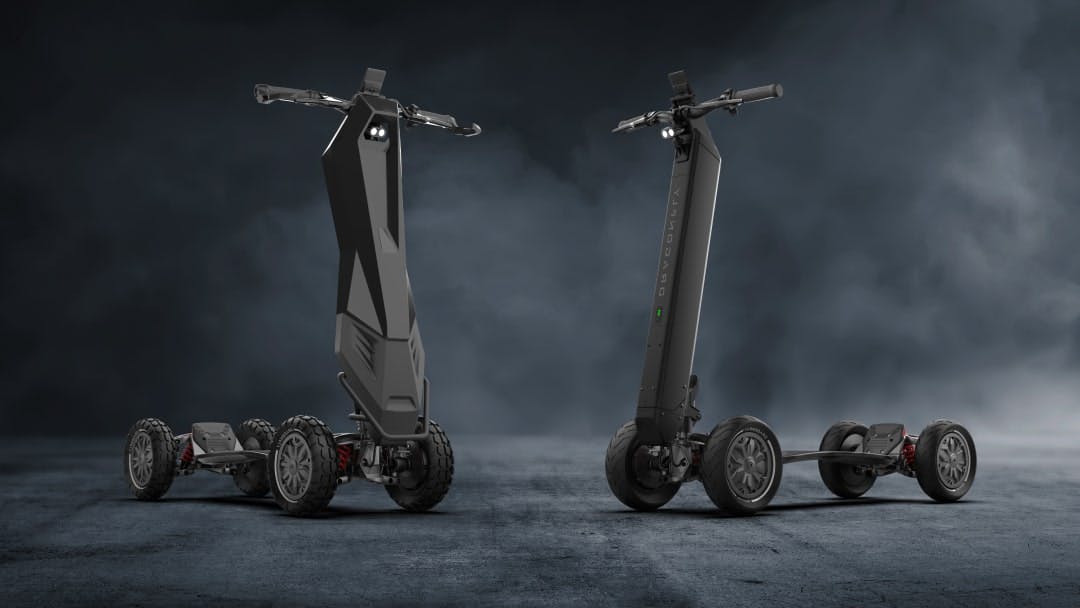The Flying Cars of the Future: Are We Already There?

Last updated on April 29th, 2024
Arman Khachikyan
Urban congestion demands more transportation routes. Traditional road construction is hazardous and expensive, costing $7.7 million per mile. And in this tech-driven era, flying cars offer a solution. They bypass ground congestion and can revolutionize urban mobility. Despite initial costs, long-term benefits like reduced congestion and faster commutes may outweigh expenses. Flying cars also address environmental concerns, offering a cleaner, more efficient urban transportation alternative.
Many firms are turning to the development of flying cars of the future to help us relocate our everyday road commutes to the sky. This, in turn, offers numerous positive outcomes such as reducing environmental impact and improving overall transportation efficiency.
Some firms have already begun producing mockups for future flying cars, while others are still in the conceptual stage, gathering ideas to develop safe 'sky vehicles’, and the day when the first flying car will be released is not far off. With this in mind, let's explore the current state of the flying car market before delving into existing models.
The Current State of the Flying Car Market: Brief Overview
Only a couple of years ago, in 2021, the global flying cars market was valued at $55 Million and is projected to grow to $1.5 trillion by 2040 at a robust CAGR of around 53.4% from 2023 to 2030.
The market is experiencing a surge in interest and investment, driven by factors such as technological advancements, urban congestion challenges, and increasing demand for futuristic transportation solutions.
Many companies and startups alike are rigorously pursuing research and development initiatives to bring flying cars to market, with notable players including Airbus, Uber, and Terrafugia. The future cars that can fly aim to alleviate road congestion and reduce travel time through aerial transportation because, in this tech era, we need sophisticated and faster solutions to get around.
Also, the COVID-19 pandemic had a paradoxical effect on the market, leading to a positive demand shock across all regions. In 2022 only, the market exhibited stellar growth of 364%.
However, the market also faces challenges such as regulatory hurdles, airspace management, and public acceptance. These challenges require governments, companies, and communities to work together to safely and responsibly introduce flying cars into cities.
Flying cars technologies of the future: What to expect?
The advent of flying cars will bring changes in city infrastructure and will offer you new ways to get around.
One of the benefits of flying cars in the future will offer you is their capacity to take off and land vertically like helicopters, using electric motors for quieter and cleaner operation. They may be autonomous, meaning they can fly themselves safely, and could be controlled with an app like ride-hailing services.
Another great advantage the flying cars of the future offer is the hybrid design that will allow you to both drive and fly it. Whenever you’re stuck in traffic, you’ll be able to skip it and take an alternate route — the sky — to reach your destination faster.
With the launch of flying cars, we will witness a change in the city's infrastructure. Building landing pads on top of buildings and additional parking lots for flying cars becomes inevitable as you will need to land your flying car in a designated area.
Another great feature these flying cars have is noise reduction technology as none of us certainly wants to hear the deafening sound of ‘car planes’ overhead around the clock.
4 flying cars set to be released in the near future
Terrafugia TF-X

Specifications:
- Fuel Engine: 300 HP
- Electric motor: 600 HP
- Flight range: 805 km (500 mi)
- Max speed: 322 km/h (200mph)
- Max altitude: 11,000 feet
Terrafugia TF-X is one of the best-known future flying cars designed for four passengers. The 5 MIT graduates who founded this company in 2006 aimed to create hybrid-electric and all-electric vertical takeoff and landing (VTOL) flying cars to meet the demand for futuristic transportation solutions.
Acquired by Zhejiang Geely Holding Group in 2017, this drone car initially used petroleum engines, but later transitioned to hybrid-electric power. Plans exist to switch to 100% battery power once battery density improves.
By February 2016, they completed wing testing. This future flying car has a cruise speed of 200 mph and a range of 500 miles. It requires a 100-foot diameter clearance for vertical takeoff and landing. Anyway, as promising as this future flying car seems to be, its launch date has not been officially announced.
Pal-V Liberty

Specifications:
- Road range: 1315km (817 mi) road range
- Flight range: 400-500 km
- Max speed: 160 km/h
- Max altitude: 11,000 feet
Pal-V Liberty Pioneer Edition is one of the most anticipated flying cars of the future that is set to be launched in 2024. This flying vehicle is powered by e-fuels and hybrid fuel technologies and is designed for two persons.
With a 1315 km (817 mi) travel range on the road, it can reach the max speed of 160 km/h (100 mp/h). Whereas, in the sky, you can travel for up to 400-500 km (250-310 mi) with a maximum altitude of 11,000 feet.
This gyroplane is one of the easiest and safest ways to fly and meets the highest aviation standards.
Doroni H1-X

Specifications:
- Flight range: 96km (60 mi)
- Flight time: 40 min (25 min charge)
- Weight capacity: 226 kg (500 lb)
- Max speed: 120 km/h
With semi-autonomous navigation and precision controls Doroni H1-X is one of the best future flying cars that enables effortless vertical takeoffs. The company has announced that customers can receive their first fully working units in 2025.
The advanced landing capabilities offered by this model will provide you with smooth landing and controlled descents in various terrains like urban rooftops or even suburban driveways.
Being one of the most ergonomically designed future technology flying cars, you can charge this flying car in under 25 minutes and prepare for your next adventure in the sky.
When compared to other upcoming flying car models, the TF-X demonstrates relatively limited travel distance and flight speed. However, if you're seeking a flying car for short commutes, then this model could be an ideal choice for you.
Alef Model A

Specifications:
- Range (road): 322km (200 mi)
- Range (air): 117 km (72 mi)
- Cruise speed: 25 mph (40 km/h)
- Maximum payload: 91 kg (200lb)
- Number of propellers: 8
- Number of electric motors: 8
Alef Aeuronatics plans to ship out the Alef Model A in 2026. With 2500 pre-orders for this flying car designed for two persons, the company is planning to charge customers $300,000 when this future flying car becomes commercially available.
The Model A is a roadable electric flying car designed for urban mobility. With a road speed of 25 mph and a flight range of 110 miles, it's perfect for short everyday commutes, allowing you to avoid traffic congestion.
Conclusion
The era of future flying cars is rapidly approaching and the advent of flying cars will revolutionize the way we get around. With companies like Terrafugia, Pal-V, and Doroni leading the charge, the future of mobility looks exciting. As we eagerly anticipate the commercial release of models like the Terrafugia TF-X and Alef Model A, it's clear that we are indeed on the brink of a new era in transportation.







